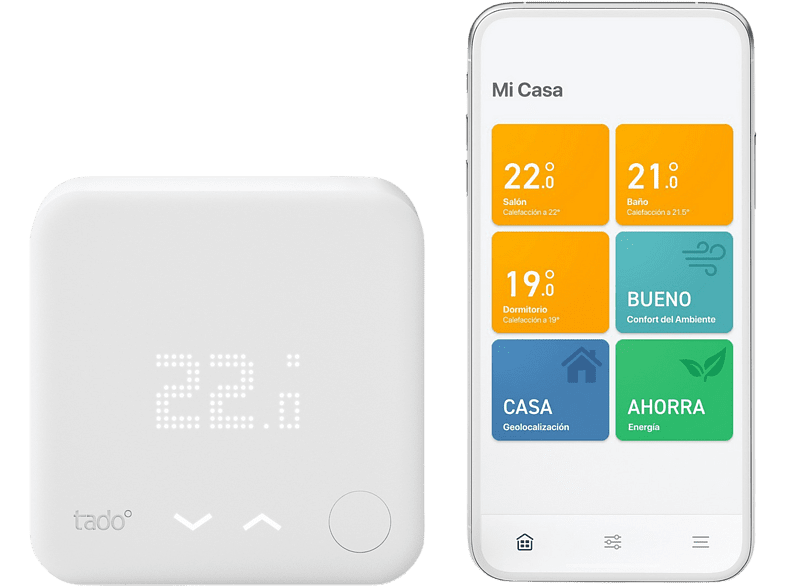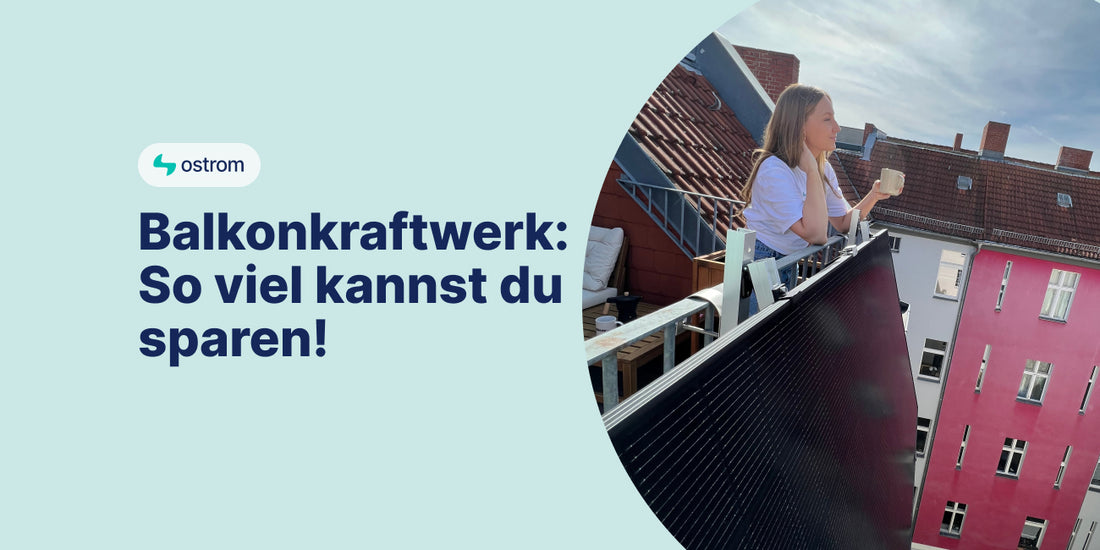Reducing electricity costs by installing a balcony power plant is an attractive idea for many people. Various factors such as the output of the solar panel (watts), the orientation and angle to the sun, self-consumption and the hours of sunshine play an important role. All of these aspects have an influence on the efficiency of balcony solar panels. The “self-consumption” factor in particular should be closely considered.
Realistic Expectations
A balcony power station can cover part of a household's base load, such as running a fridge, wifi router and other appliances that are in constant use. A 400 watt balcony power plant, for example, can save 70 € to 90 € in electricity costs per year. Amortisation of the small solar setup is possible within 4 to 6 years, making it a worthwhile investment.
Power of the Modules
In general, the higher the power (watts) of the panel, the more electricity can be produced. The output of the solar panel is proportional to the amount of electricity generated, which makes the selection of a powerful panel an important decision.
In order to actually be able to use the electricity produced in the household grid, the direct current must be converted into alternating current using an inverter.
If the rated output of your inverter is 600 watts, only 600 Wh can be fed into the grid, even if your solar modules produce 800 Wh.
Orientation
The orientation of the balcony solar panels plays a decisive role in electricity production. Ideally, the power station should face south to capture the maximum amount of sunlight. However, installations in other cardinal directions can also be effective, with the exception of direct north orientations, which are the least recommended.
To find the right orientation for you, you should consider the typical power consumption of your household. This is because you will only benefit from lower electricity costs if you use the electricity you produce yourself. If you orientate your balcony power plant to the south, you will produce a particularly large amount of solar power at midday. However, if you are not at home during this time, a large proportion of the electricity will probably be fed into the public grid and not consumed by you. For this reason, it may be worthwhile orientating the system more towards the east or west according to your personal electricity peak times.
Angle To the Sun
Balcony solar panels achieve their optimum efficiency when they are orientated at an angle of around 30 to 35 degrees to the sun. An angle of 90 degrees is the least favourable, while a completely horizontal angle on the ground can be impactful as it allows sunlight to be captured from different directions.
Sunshine Hours in Germany
The number of hours of sunshine in Germany varies depending on the federal state. In 2023, the average was 1764 hours, varying between 1600 and 1855 hours. Baden-Württemberg and Bavaria recorded the most hours of sunshine (1855 hours), while North Rhine-Westphalia (1645 hours) and Lower Saxony (1655 hours) had the least sunlight.
Although the difference may seem quite large at first glance, it is actually around 12%. Balcony solar can therefore still also make sense in Lower Saxony and North Rhine-Westphalia.
Self-Consumption
Self-consumption plays a decisive role in the impact of balcony solar panels. If the electricity produced is not use immediately by your household, it will be fed into the grid. It is therefore important to adapt your electricity consumption to solar production or, rather, to adapt production to your consumption.
This has given rise to the saying “west and east is the new south” with regard to the previous belief that only south-facing solar panels were a worthwhile investment. Instead, you should consider your consumption habits. If you want to shift electricity production to the morning and evening hours, you should orientate your balcony solar panels to the east or west. This can increase self-consumption even though less electricity is produced overall. This can increase the overall efficiency of the system and help further reduce electricity costs.
Additional Factors
Of course, smaller factors such as how clean the surface of the solar modules is or the efficiency of the inverter also affect how effective your panels are. However, these are minimal influences.
How to Calculate Power Generation from Balcony Solar Panels
There are many formulas that you can use to calculate the power generation of your balcony power setup.
For example, you can achieve a first approximation with the following calculation formula:
Power generation = solar panel output [kW] * 900 kWh/kWp
The 900 kWh/kWp corresponds to the average annual output [kWh] that can be expected in Germany per installed peak output of a system under ideal conditions [kWp = kilowatt peak].
You simply have to multiply this figure by the number of kilowatts of your balcony power panels.
1 kilowatt [kW] = 1000 watts [W]
To convert watts to kilowatts, simply divide the number of watts by 1000. An 800 watt module therefore has 0.8 kilowatts.
Inserting the value into the formula results in the following estimated annual electricity generation:
Power generation = 0.8 kW * 900 kWh/kWp
Estimated annual electricity generation = 720 kWh
If you want to calculate your electricity generation and savings more precisely, the equation is a little more complicated. However, the formula described above is a good starting point for an initial estimate.
If you want a more precise estimate, you can use the following yield calculator from HTW-Berlin: https://solar.htw-berlin.de/rechner/stecker-solar-simulator/


